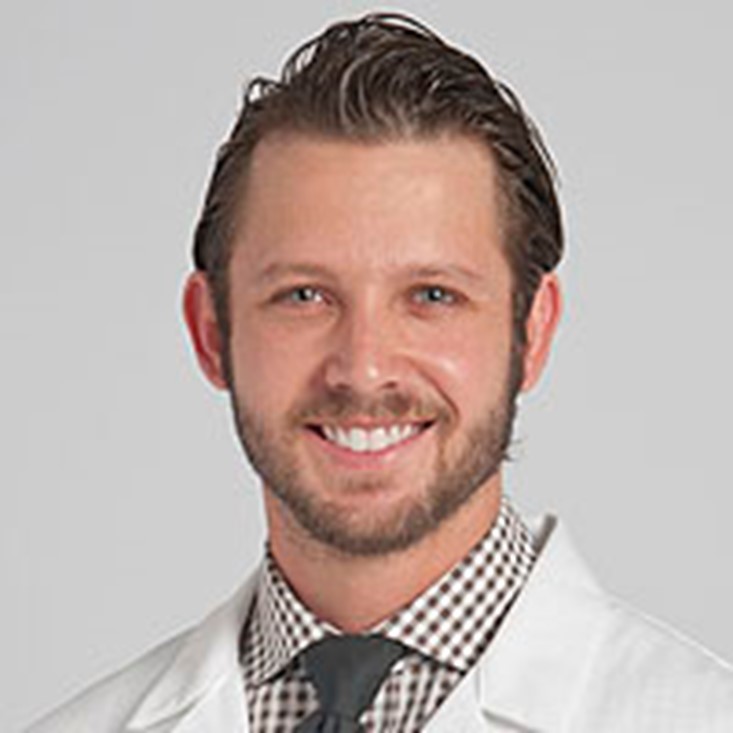The Rise of the Imaging Cardiologist: What Does a Career in CV Imaging Look Like?
Cardiovascular imaging has witnessed a significant surge in recent years. Positioned at the intersection of image interpretation and clinical cardiology, this specialty plays a pivotal role in modern cardiology by delivering timely and accurate diagnoses and guiding personalized care. Thus, it comes as no surprise that there is an escalating demand for imaging cardiologists. These professionals are increasingly sought to tackle diagnostic dilemmas, consult about optimal noninvasive testing strategies, guide interventional procedures, direct specialty cardiology clinics, and advise management of rare and complex diseases within heart teams. Despite this, when aspiring trainees contemplate a career within cardiology, the path of an imaging cardiologist may not immediately come to mind.
While it remains imperative for cardiovascular imaging specialists to possess training in imaging multimodality or hold a profound expertise in one specific modality, the field of cardiovascular imaging now transcends mere image interpretation. Now, imaging cardiologists seamlessly integrate their expertise into a variety of distinct career paths or phenotypes. The following are four phenotypes:
1. CV Imagers
Cardiovascular imagers devote most of their time and expertise to the conduction, interpretation and integration of noninvasive cardiovascular testing as advanced diagnosticians. Nonetheless, some of them may still see patients in cardiology clinics and occasionally attend the consult or inpatient services. Given their imaging-centered expertise, these imaging cardiologists are best suited to direct the noninvasive cardiovascular imaging laboratories.
With increasing options for imaging testing, a key question that comes up is what the best test is to answer a clinical question considering patient characteristics, strengths and weaknesses of each testing modality, and novel applications of current technology. Cardiac imagers can advise what the ideal test would be unique to each patient and situation. They are also able to provide clarity on when additional testing may be needed and provide a cohesive assessment if the patient has had multiple tests performed and there is discordant data.
2. Imaging-Based Cardiologists
Imaging-based cardiologists have a keen clinical focus seamlessly integrating their mastery in clinical cardiology with expertise in cardiovascular imaging to guide clinical decision-making. They may focus on a specific cardiovascular condition (cardiac amyloidosis, hypertrophic cardiomyopathy and more), leveraging their imaging expertise complementary to that disease. While actively involved in imaging interpretation, they allocate sizable portion of their time to patient management.
Imaging-based cardiologists are often involved in research and development of disease-specific clinical programs. Many such imaging cardiologists have contributed immensely to early and more accurate noninvasive detection of these diseases, noninvasive monitoring and treatment guidance of the condition.
3. Interventional Imagers
Interventional imaging specialists primarily dedicate their efforts to the screening, planning and guidance of structural heart interventions. Consequently, they often attend valvular and structural clinics and may co-direct structural programs.
As the number of these procedures continues to rise, the significance of imaging guidance cannot be overstated. Accurate assessment of anatomy, device sizing, prediction and prevention of complications, and identification of contraindications are paramount in these dynamic procedures. Thus, a comprehensive approach in structural heart disease may involve pre- and post-procedural imaging assessment through echocardiography (both transthoracic and transesophageal) and cardiac computed tomography. In many instances, intraprocedural transesophageal echocardiography is indispensable for providing real-time guidance and feedback to the interventionalist. In recent years, 4D intracardiac echocardiography with the need for real-time 3D reconstruction by the echocardiographer has gained an important role in cases in which transesophageal echocardiogram is suboptimal or contraindicated. Therefore, it is unsurprising that the success of a structural program is also contingent on the specialized expertise of interventional imagers.
Interventional imagers frequently engage in research on structural heart disease. Their involvement extends to participating in clinical trials and/or collaborating on device innovation with industry partners.
4. Imaging Cardiologists With Research Focus
Imaging cardiologists with a research focus are at the forefront of innovation; exploring novel avenues to advancing cardiac imaging, ultimately improving diagnostic precision and patient care. They devote most of their time to research and development while may still participate in the interpretation of imaging studies.
Their contributions are essential in exploring various facets, from the technological advancements in imaging modalities, including the development of protocols to enhance imaging quality and assess different conditions, to investigating the clinical applications of these modalities in specific diseases. Research areas encompass molecular imaging, physiologic myocardial imaging, and the integration of artificial intelligence into existing modalities, aiming to expedite and enhance diagnostic capabilities. This research extends across classic clinical outcomes to translational and basic science studies.
The endeavors of imaging cardiologists with a research focus have significantly broadened the scope of noninvasive evaluation for numerous conditions, providing a high diagnostic certainty and contributing to the exponential growth of the cardiac imaging field.
Cardiovascular imaging has undergone substantial evolution in recent years, positioning imaging cardiologists as integral contributors in modern cardiology. The multifaceted rise of the imaging cardiologist has broadened the landscape of practice within cardiovascular imaging. The career paths or phenotypes outlined above are not mutually exclusive and may display overlap and significant variation. Through this opinion piece, we aim to make cardiology fellows aware about the diverse array of opportunities that exist within the field of cardiovascular imaging.
See how five early career imaging cardiologists spend their time via this X thread.



This article was authored by Anam Waheed, MD, FACC; Jose I. Nunez, MD; and Aldo L Schenone, MD.
This content was developed independently from the content developed for ACC.org. This content was not reviewed by the American College of Cardiology (ACC) for medical accuracy and the content is provided on an "as is" basis. Inclusion on ACC.org does not constitute a guarantee or endorsement by the ACC and ACC makes no warranty that the content is accurate, complete or error-free. The content is not a substitute for personalized medical advice and is not intended to be used as the sole basis for making individualized medical or health-related decisions. Statements or opinions expressed in this content reflect the views of the authors and do not reflect the official policy of ACC.
